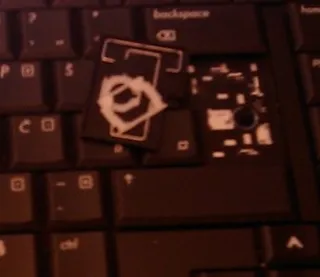
Some time ago I was in Zagreb for a trip. Suddenly, an opportunity to play Starcraft was there, but my mouse was not. That is reason why I decided to go to closest store and buy myself a mouse for laptop. Until this moment, I used my trusty Microsoft’s IntelliMouse Explorer 3.0A for both home computer and laptop. Although it is very comfortable, it wasn’t well suited for use on road.
There were two requirements for new mouse. It needed to be comfortable for big hand and it needed to use bluetooth. It proved that later requirement was rather hard to fulfill. For some reason, all manufacturers like to have their own wireless dongle. Decision to avoid certain loss of that dongle was what kept me of Microsoft Arc Mouse. That mouse looks powerful!
One mouse that looked promising was Logitech’s V470 bluetooth mouse. It’s price was around 50 EUR which is little bit high, but it did looked fine and I did wanted to play Starcraft that night so I bought it.
Everything was packed in that “wonna bet that you cannot open me” plastic bubble but knife sorted that out. Inside of package you get mouse itself, instruction manual wrapped together with installation CD (I never used it - works without any additional drivers - at least on Windows 7), small cloth bag and two Duracell batteries. I was reminded that I need batteries when I saw that they are in package. Thanks Logitech for not going usual “batteries not included” route.
Connecting mouse to computer was painless. Just turn it on, press small connect button on mouse (bottom side) and search for new device on computer. Two of them will start communication and after ten seconds you are ready to use it.
I will not cover technical specifications here, but issue of comfort. Although this mouse is not quite big enough for my hand, it is bigger than those tiny laptop mouses. I had no problems with prolonged usage once I got used to it’s shape. Bluetooth connection has range of few meters - much larger than my arm in any case. Cursor movement is little bit faster than I was used to, but I got re-adjusted quite fast.
I found only one troubling issue. After you don’t move mouse for ten seconds, it goes into sleep mode. Waking is fast, just a fraction of second, but noticeable. You get feeling that mouse is stuttering a bit.
As final conclusion, I must say that this is one mighty mouse. :)


